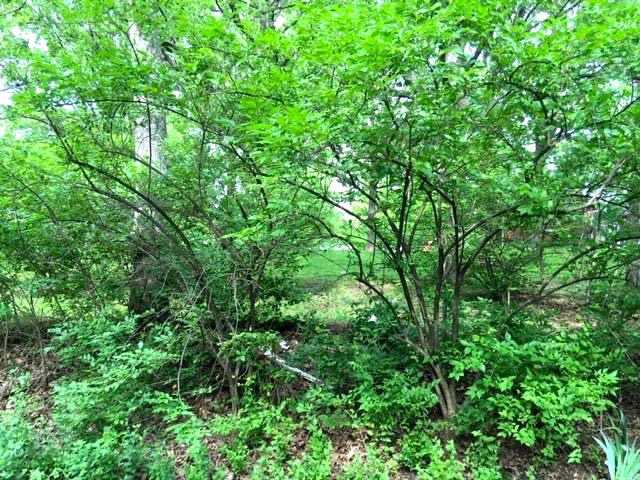Bush Honeysuckle Removal
/Bush honeysuckle has flowers very similar to the honeysuckle vine. (Photo by Charlotte Ekker Wiggins)
Bush Honeysuckle Removal
It’s time to tackle one of the more invasive shrubs in Missouri, bush honeysuckle. May-June is when they flower so that helps in identification although their gray stems are also a dead giveaway.
According to Missouri Department of Conservation, bush honeysuckle are large, upright, spreading shrubs reaching up to 15–20 feet in height, with flowers that change from white to yellow, juicy red berries, and opposite, simple leaves that green up much earlier than surrounding native vegetation.
Leaves are deciduous, opposite, simple, 1–2½ inches long, narrowly oval with the tip abruptly pointed, the margin entire (not toothed or lobed); upper surface green, lower surface pale green and fuzzy. In late autumn, leaves typically remain green and attached well after the leaves of our native trees and shrubs have fallen.
Bark is grayish brown, tight, with broad ridges and grooves.
Twigs are grayish brown, thornless; often the older branches are hollow.
Flowers May–June, fragrant, in clusters from the leaf axils, tubular, 1 inch long, slender, distinctly 2-lipped, with upper lip having 4 lobes, lower lip with 1 lobe. Petals change from white or pink to yellowish as they age.
Fruits mature in September–October; typically red berries about ¼ inch across, 2–6 seeded, in pairs in the axils of the leaves.
Another tell is that butterflies will visit honeysuckle vines but not touch bush honeysuckle.
Here’s what it looks like fully established:
Full grown bush honeysuckle has grey striated stems. (Photo by Charlotte Ekker Wiggins)
One of the problems with bush honeysuckle is that it kills everything growing under it, eliminating other native plants and shrubs.
Native plants and shrubs provide food for native insects and pollinators, some that depend on specific plants for their food and survival.
Our recent spring rains gives us all a chance to easily remove bush honeysuckle stars like this one:
Small bush honeysuckle starts are easy to remove. (Photo by Charlotte Ekker Wiggins)
Rain softens soil and makes it easy to pull the bush honeysuckle starts straight out of the ground, roots and all.
Pull bush honeysuckle starts after a rain. (Photo by Charlotte Ekker Wiggins)
The larger, established bush honeysuckle plants should be cut in fall and treated with vinegar to kill the plant.
Don’t use a weed eater to cut off the top of the new bush honeysuckle plants, that will make the stem hardier and more difficult to pull out later.
I have been clearing my one acre hillside for the past 5 years and have one patch at the bottom of the acre to still clean out.
Guess what I will be doing as soon as the sun comes out again!
Charlotte















